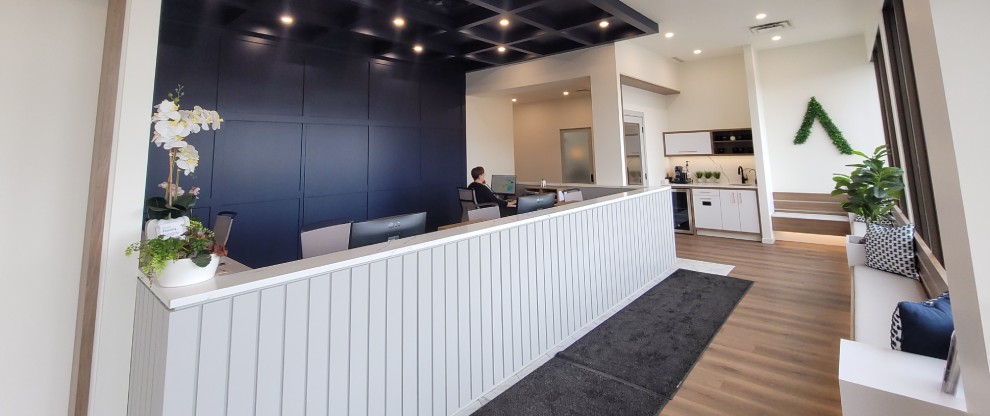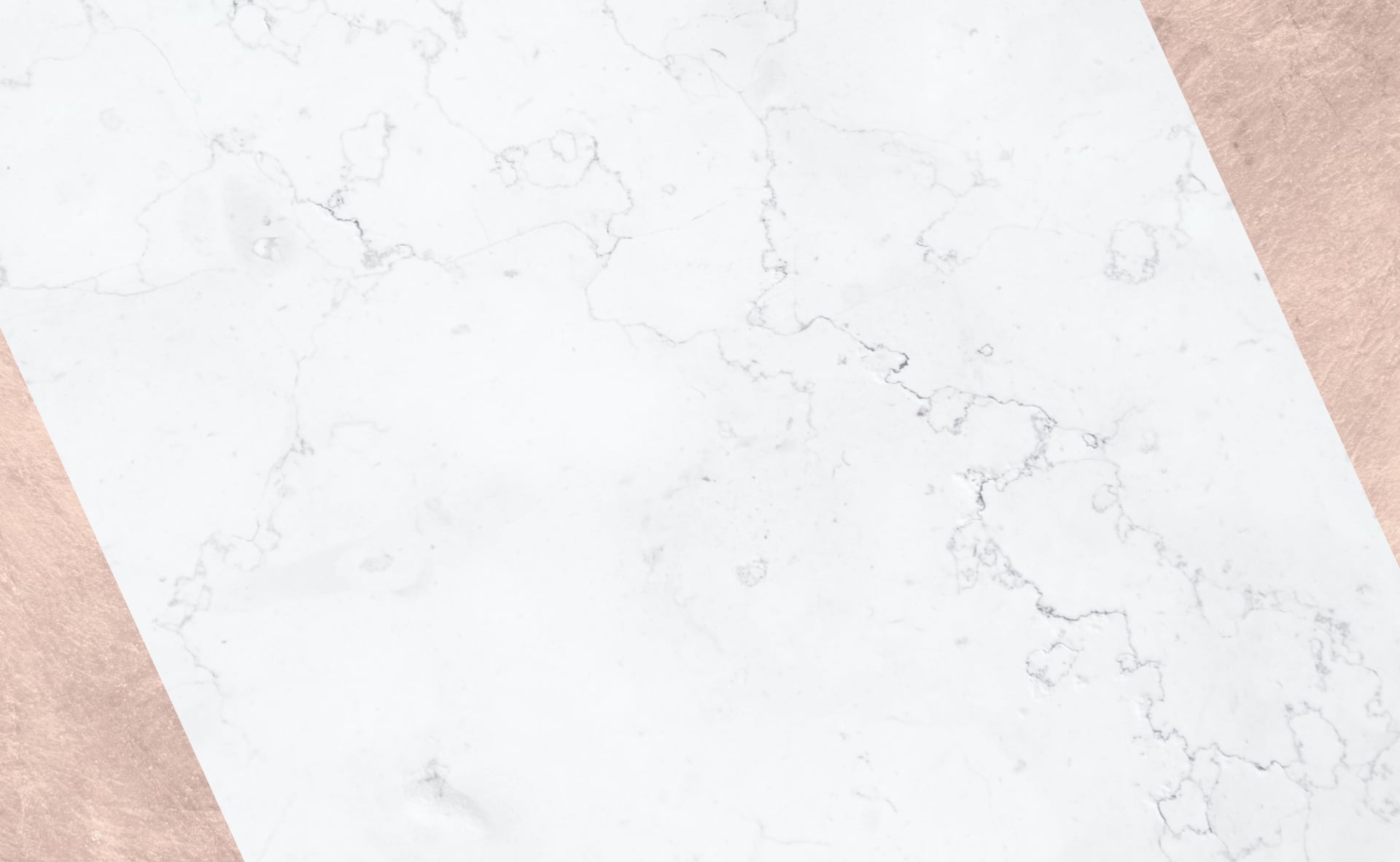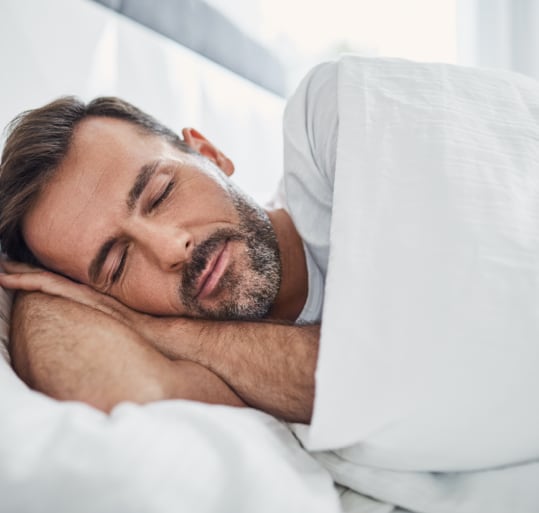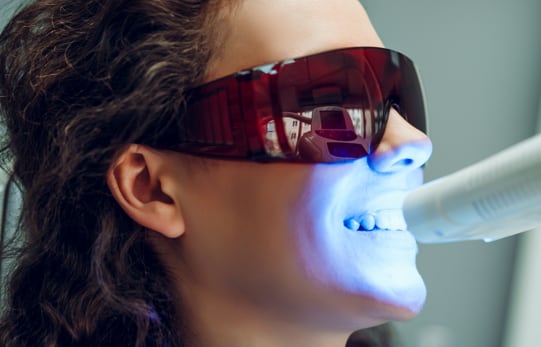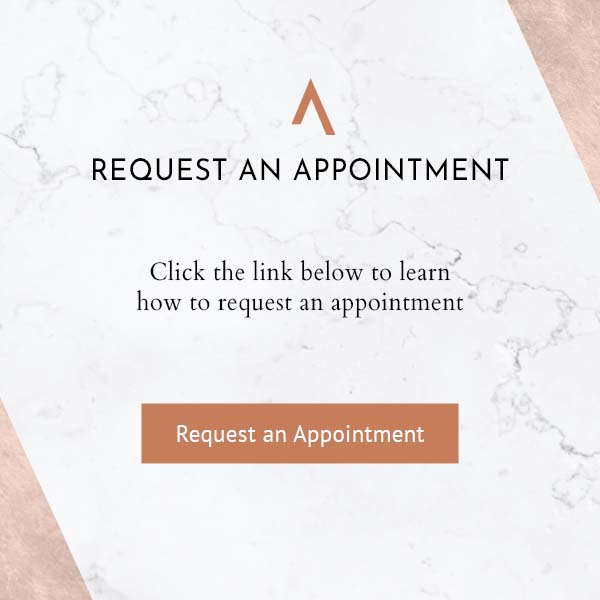A good night’s sleep is vital in promoting good health, including oral health. However, sleep breath disorders, such as sleep apnea, can have a long-lasting effect on both your physical and mental well-being. Sleep apnea has become a significant health concern. There is lack of awareness around sleep breath disorders and how untreated symptoms may lead to severe and complicated conditions.
There seems to be a disconnect about common symptoms most of us have and attribute to “normal day to day stressors” such as: excessive daytime sleepiness, impaired daytime function, moodiness, memory issues, metabolic dysfunction, hormone imbalances, low libido, and poor sleep quality are all directly related. Those are all real symptoms of sleep breath disorder and contribute to an increased risk of cardiovascular disease, type 2 diabetes, hypertension and increased blood pressure, stroke, liver problems, or even mortality; it’s all connected.
Your dental team can help diagnose, manage, and treat sleep disturbances and help mitigate the unfavorable effects it can have on your dental health and overall well-being.
What Is Sleep Apnea?
Obstructive sleep apnea is a disorder that affects your breathing patterns when you sleep. It causes the airway muscles to relax, leading to partial or complete blockages of the air passages. This prevents the free flow of air to your lungs, causing breathing disruptions. The most common form of sleep apnea is obstructive sleep apnea, however, there are other types, including:
- Central sleep apnea
- Complex or mixed sleep apnea syndrome

Symptoms of Sleep Apnea
Sleep apnea is often accompanied by:
- Loud snoring, gasping, or choking sounds during sleep
- Disturbed or broken up sleep
- Daytime fatigue
- Morning headaches
- Irritability and mood changes
- Difficulty concentrating, memory issues
- Being withdrawn and loss of interest (lack of focus, retention, low libido)
- Dry mouth or throat in the morning
Such symptoms should not be ignored and we strongly suggest scheduling an appointment with your medical and dental health care teams for a thorough assessment.
Risk Factors for Sleep Apnea
Sleep apnea is commonly linked to older adults with a higher body mass index (BMI) and certain anatomical features of the head, neck, and jaw. However, other risk factors have been found to contribute to the likelihood of developing sleep apnea, including:
- Hormone abnormalities
- Chronic nasal congestion
- Cigarette smoking
- Sleep position
- Family history
- Alcohol use and certain medications
- Certain medical conditions
Can Sleep Apnea Kill You?
Sleep breath disorders and symptoms relating to sleep apnea are not fun to manage. It is exhausting and challenging, and people wonder if sleep apnea can actually be fatal. The short answer is yes. Sleep apnea can lead to severe health complications and, in some cases, even death.
Most people with sleep breath disorder will not die from this condition directly. However, it can contribute to several other health problems and fatal complications.
The Dangers of Long-Term Sleep Apnea
Untreated sleep apnea can increase the risk of cardiovascular disease, the second leading cause of death in Canada. The immediate effects of sleep apnea are obvious—fatigue, lack of focus, and mood swings. However, the long-term complications of this disorder can be far more serious.
These can include:
- Metabolic disorders such as type 2 diabetes
- Pulmonary hypertension
- Nonalcoholic fatty liver disease
- Heart Disease
- Stroke
- Obesity
Additionally, people with sleep apnea may experience sudden drops in oxygen levels, which can lead to arrhythmias or irregular heartbeats. These conditions can all be life-threatening and significantly impact your quality of life.
The Impact of Sleep Apnea on Oral Health
While it’s obvious that sleep apnea is a health concern, how does it intertwine with your dental health?
Sleep apnea can lead to a host of oral health problems, such as:
- Tooth decay
- Gum disease and bone loss (periodontal disease)
- Dry mouth (Xerostomia)
- Bad breath
Since the air passages are partially or completely blocked, it can cause the mouth to become dry, reducing saliva production. This dry mouth condition can result in bacterial growth and acidic damage to the teeth, leading to cavities and decay.
There’s a significant overlap of patients with obstructive sleep apnea who display symptoms of bruxism—the grinding of teeth during sleep. This can be detrimental to tooth enamel and lead to decay, cracked teeth, and even tooth loss.
Dental Treatment for Sleep Apnea
Most people know of the continuous positive airway pressure (CPAP) machine. However, the device itself can be a deterrent from seeking treatment because of its bulky size, noise, maintenance requirements, and the dependency factor.
The good news is that sleep apnea can be effectively treated with an oral appliance such as the Vivos appliance.
The Vivos Method is designed to reposition the tongue so that the throat and nasal airways remain open during sleep, providing a clear passage for breathing.
To determine if the Vivos appliance is right for you, we’ll perform a comprehensive oral exam and an at-home sleep test. After analyzing the data from your sleep test, we’ll develop a treatment plan—you may be a better fit for Solea Sleep laser treatment if snoring turns out to be the main issue. Another option may be a Mandibular Advancement Device, or MAD. MADs are dental appliances designed to combat sleep breath disorders by repositioning the lower jaw during sleep. By doing so, they help to keep the airway open, reducing the likelihood of interruptions in breathing and the associated health risks.
One or a combination of these treatment options will likely improve your sleep quality, and overall health while reducing the chances for long term complications. If either of these options are right for you, we’ll develop a plan with frequent check-ins to monitor your progress. These devices are custom-made for each patient and can be adjusted for optimal comfort and efficacy. If you’re a good candidate, it can help you avoid the CPAP machine.
Take Sleep Apnea Seriously
Dental professionals can play a key role in supporting the diagnosis and treatment of sleep apnea. Whether you have sleep apnea and want to explore alternatives to a CPAP machine or suspect you may have sleep apnea and want to be tested, reach out to the team at Elevate Dental for guidance.
Recognizing the signs and getting treatment for sleep apnea can help protect your dental health and improve your quality of life.






